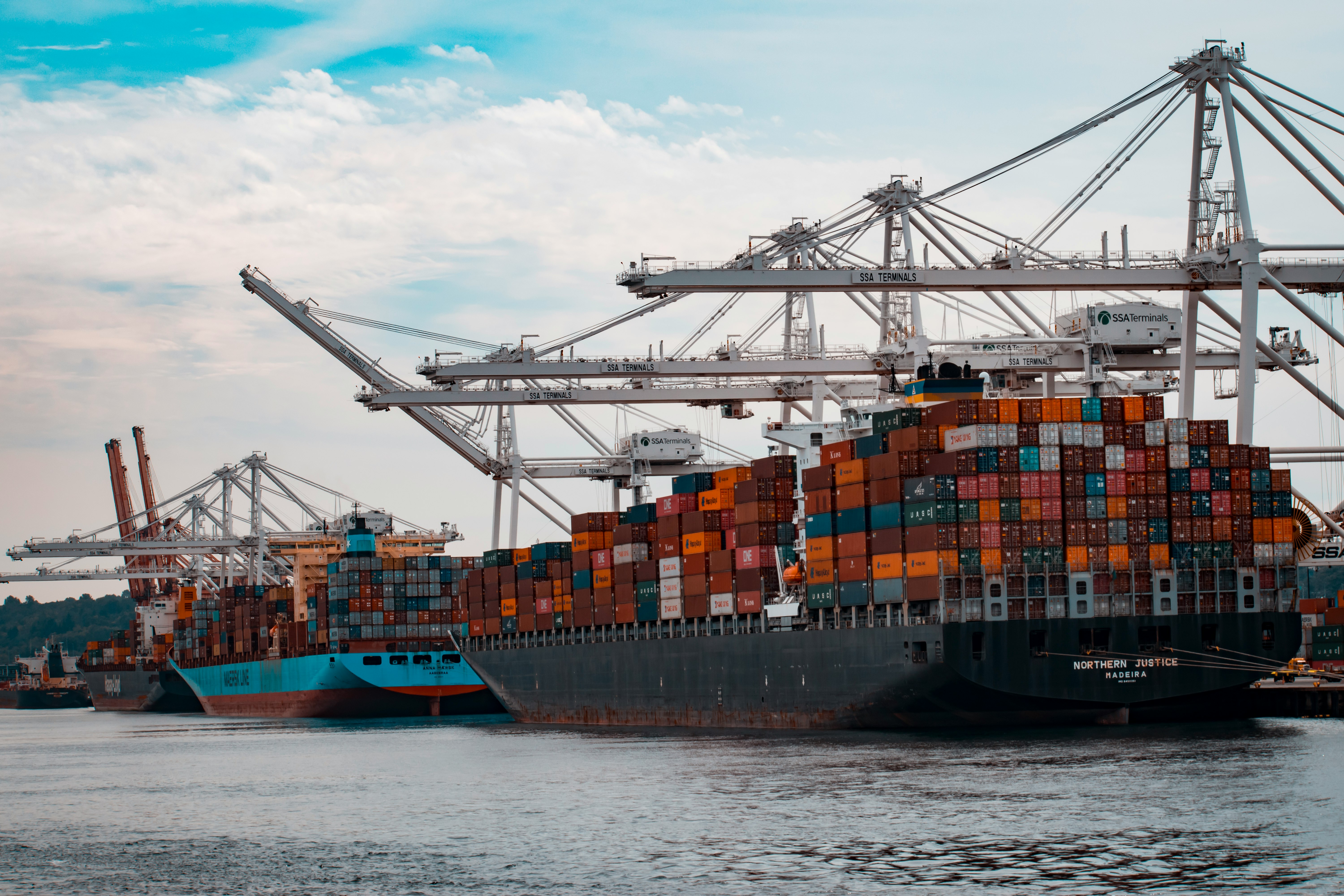During peak holiday delivery season in 2020 and 2021, demand outweighed capacity by 7.2 million — 1.3 million packages per day respectively. Recently, FedEx, UPS, and USPS issued shipping deadlines for guaranteed delivery by December 23 in anticipation of the holiday surge.
Satellite IoT asset tracking can help meet this demand. IoT devices utilize sensors and GPS tracking tools to generate a consistent flow of actionable data. Whereas terrestrial telecommunication services struggle to provide coverage in remote areas, satellite IoT can ensure near global connectivity.
Satellite IoT also provides better visibility throughout the shipping process. Rather than manually tracking the progress of shipments, IoT can remotely indicate the precise location of each shipping container. Furthermore, IoT devices can provide critical data during transportation such as travel speed, fuel consumption and engine run times. Data transmissions from a satellite IoT device can immediately notify users of any disruptions. Upon notification, unforeseen delays or disturbances can be addressed immediately.
In addition to global visibility, satellite IoT is customizable to specific business needs. IoT can support various logistical demands in the shipping process such as determining optimal shipping routes, updating managers on driver behaviors and monitoring critical statistics on vehicle health. Certain IoT hardware devices utilize low code, hardware terminals and API to interface with IoT edge devices and application. Other sensors can interface with AI-driven edge devices and applications to provide additional information on necessary data, delivering a constant stream of smart data that assists with logistical concerns.
Implementing satellite IoT alleviates some of the logistical burden from shipping managers and supports a more productive shipping process during the holiday surge. Utilizing IoT will provide more comprehensive fleet management with improved visibility throughout the shipping process. Smart data from IoT devices can help managers better understand where and when issues arise, prevent costly idle times and better coordinate deliveries and pickups so holiday shipping delays are not as severe as they were in recent years.
Most importantly, satellite IoT is more affordable now than ever before. Data processing at the edge enables the most efficient data transmission. This means end users are no longer inundated with irrelevant information and the associated transmission fees. The result is precise, smart data that saves valuable time and resources.
Although it would be ideal if holiday shipping could be as fast as Santa’s magic sleigh, satellite IoT devices can help decrease shipping delays to make sure gifts are under the tree by Christmas day.
By Dave Haight, VP of IoT at Globalstar





